The Rule Of Sevens Is A Puppy Training Trick Every Dog Owner Should Know About

Bringing home a new puppy is exciting, but the training process can feel overwhelming. That’s where the Rule of Sevens comes in – a simple yet powerful approach that helps puppies develop into well-adjusted dogs.
This method focuses on gradually exposing your young pup to different experiences in manageable chunks, creating positive associations that last a lifetime.
It’s All About Repetition And Consistency
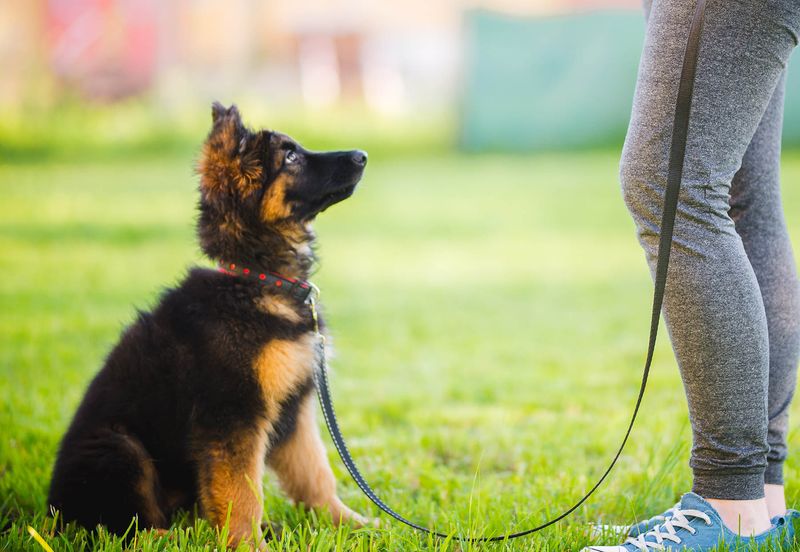
Dogs thrive on routine and predictability. The Rule of Sevens works because it creates patterns your puppy can recognize and learn from over time.
Think of it like learning to ride a bike – you wouldn’t expect to master it after one try. Your puppy needs multiple chances to practice new skills before they stick. When you consistently repeat training exercises in short, fun sessions, your furry friend starts to understand what you want.
The magic happens when these repeated experiences become second nature to your pup, turning initially scary or confusing situations into familiar, comfortable ones.
It Starts With Seven Simple Steps

The foundation of this method is beautifully straightforward. Your puppy should experience seven different types of people, places, surfaces, noises, objects, challenges, and play situations during their critical developmental period.
For example, introduce your pup to men, women, children, people wearing hats, people with beards, people in uniforms, and elderly folks. Let them walk on grass, carpet, concrete, wood floors, metal grates, gravel, and sand.
Each category gets seven variations, creating a well-rounded set of experiences that builds your puppy’s confidence and adaptability from the ground up.
Great For Boosting Confidence In Young Dogs

Puppies are naturally curious but can quickly develop fears if not properly socialized. The Rule of Sevens tackles this head-on by gradually building their bravery muscles.
When a young dog successfully navigates a new situation – like meeting a friendly stranger or walking across a wooden bridge – they gain a little boost of confidence. This positive experience becomes a building block they can draw upon when facing future challenges.
You’ll notice your once-timid pup becoming more adventurous, approaching new experiences with tail wags instead of trembles. This newfound confidence carries forward into adulthood.
Repeated Exposure Helps Reduce Fear Over Time

Fear can turn into lifelong phobias if left unchecked during puppyhood. A pup who gets startled by a vacuum cleaner might forever fear loud appliances without proper intervention.
The Rule of Sevens counters this by creating controlled exposures. Start with the vacuum turned off but visible, then gradually progress to having it run in another room, and eventually operating nearby. These small steps prevent overwhelming your puppy’s developing nervous system.
Each positive encounter rewires their brain to associate previously scary things with safety and normalcy. The beauty lies in how natural this process becomes with consistent practice.
Builds A Strong Foundation For Future Learning
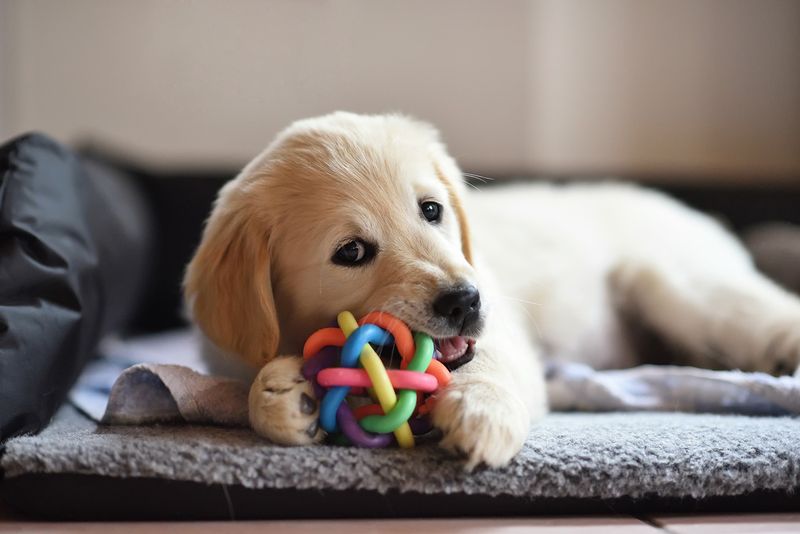
Early experiences shape how puppies approach learning throughout their lives. Dogs who’ve been through the Rule of Sevens develop flexible thinking patterns that make all future training easier.
When you expose your pup to varied challenges early on, you’re essentially teaching them how to learn. They discover that new things can be fun rather than frightening, and that trying different behaviors might lead to rewards.
This mental flexibility becomes invaluable when teaching advanced commands or addressing behavior issues later. Like building a house on solid ground rather than sand, these early lessons create stability for everything that follows.
Helps Puppies Adjust To New Environments
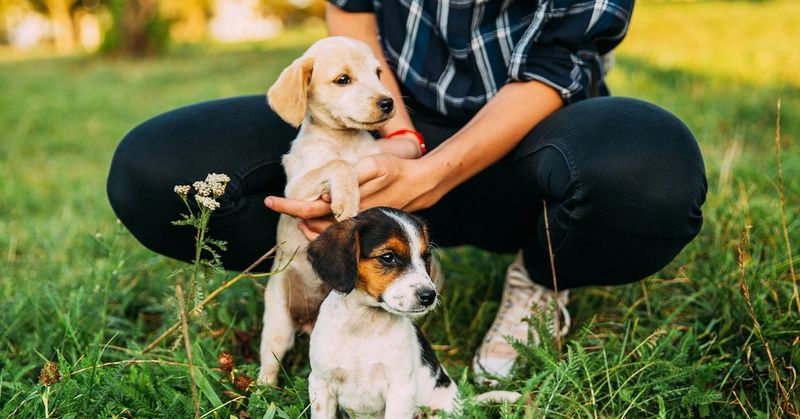
Young dogs can easily become overwhelmed by unfamiliar surroundings. The quiet puppy at the breeder’s home might panic at the sights and sounds of your busy household.
The Rule of Sevens creates a roadmap for gradually introducing your pup to different environments. Take short trips to friends’ homes, quiet parks, pet-friendly stores, outdoor cafés, rural areas, suburban neighborhoods, and urban settings. Keep each visit brief and positive.
Your puppy learns that changing locations doesn’t have to be scary. This adaptability proves incredibly valuable during moves, vacations, or any time you need to bring your dog somewhere new.
Turns Everyday Moments Into Valuable Lessons
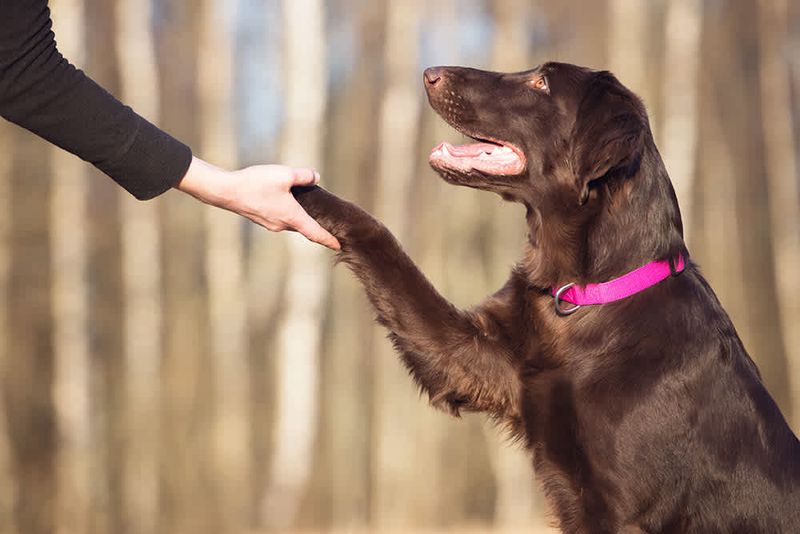
The beauty of the Rule of Sevens lies in its simplicity – you don’t need special equipment or formal training sessions. Ordinary life becomes your classroom.
A trip to the mailbox becomes a chance to walk on different surfaces. Visitors provide opportunities to meet new people. Household chores introduce various sounds and movements. Each moment transforms into a micro-training session without adding extra work to your day.
This approach makes training feel natural rather than forced. Your puppy learns continuously through daily experiences, absorbing lessons about the world while simply living alongside you. The learning never stops, and neither does the bonding.
Encourages Curiosity And Calm Behavior
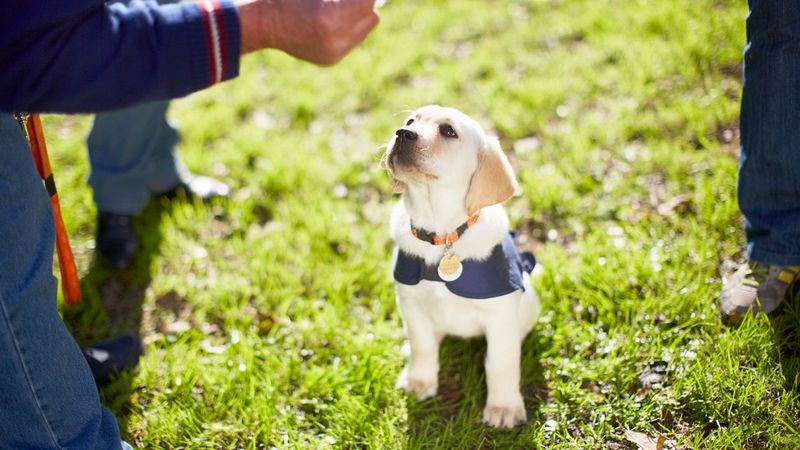
Puppies naturally bounce between two states: excitable exploration and fearful retreat. The Rule of Sevens helps balance these extremes into something more sustainable – curious confidence.
When properly implemented, this method teaches puppies to approach new situations with interest rather than fear or overexcitement. They learn to investigate novel objects calmly instead of barking, lunging, or hiding. This balanced response becomes their default reaction to the unexpected.
You’ll notice your pup developing a thoughtful pause before reacting to something new. This brief moment of assessment represents emotional maturity developing right before your eyes – a truly remarkable transformation.
Can Be Applied to Sounds, Surfaces, People, And More

The versatility of this approach makes it incredibly powerful. Apply the Rule of Sevens to everything your puppy encounters during those formative weeks.
For sounds, introduce gentle music, television, appliances, traffic noise, children playing, other animals, and weather sounds. With surfaces, try carpet, hardwood, tile, grass, gravel, concrete, and metal. For handling, touch their paws, ears, mouth, tail, belly, back, and collar area.
The possibilities are endless and can be customized to your lifestyle. Living in the city? Focus more on urban experiences. Have children? Emphasize positive interactions with kids of various ages. This flexibility ensures relevance to your specific situation.
Makes Training Less Overwhelming For Puppies

Young dogs have developing brains that can easily become overloaded. Too much stimulation at once can create negative associations rather than positive learning.
The Rule of Sevens breaks down the enormous task of puppy socialization into manageable chunks. Instead of an overwhelming day at a busy dog park, you might arrange a brief playdate with one friendly dog. Rather than a crowded farmers market, start with a quiet corner of a pet store.
This gradual approach respects your puppy’s cognitive limitations. You’ll avoid the setbacks that come from pushing too far too fast, making the entire training journey smoother and more enjoyable for both of you.
Small Repeats Now Lead To Big Wins Later

The tiny investments you make during puppyhood yield tremendous returns throughout your dog’s life. Those few minutes spent introducing your pup to umbrellas might prevent years of rainy-day struggles.
Adult dogs who experienced the Rule of Sevens as puppies typically show fewer behavior problems. They’re less likely to develop aggression, excessive barking, or destructive habits born from fear or anxiety. Veterinary visits become easier, travel causes less stress, and adapting to life changes happens more smoothly.
This preventative approach saves countless hours of remedial training later. The small effort during those early weeks creates a lifetime of harmony between you and your four-legged companion.






